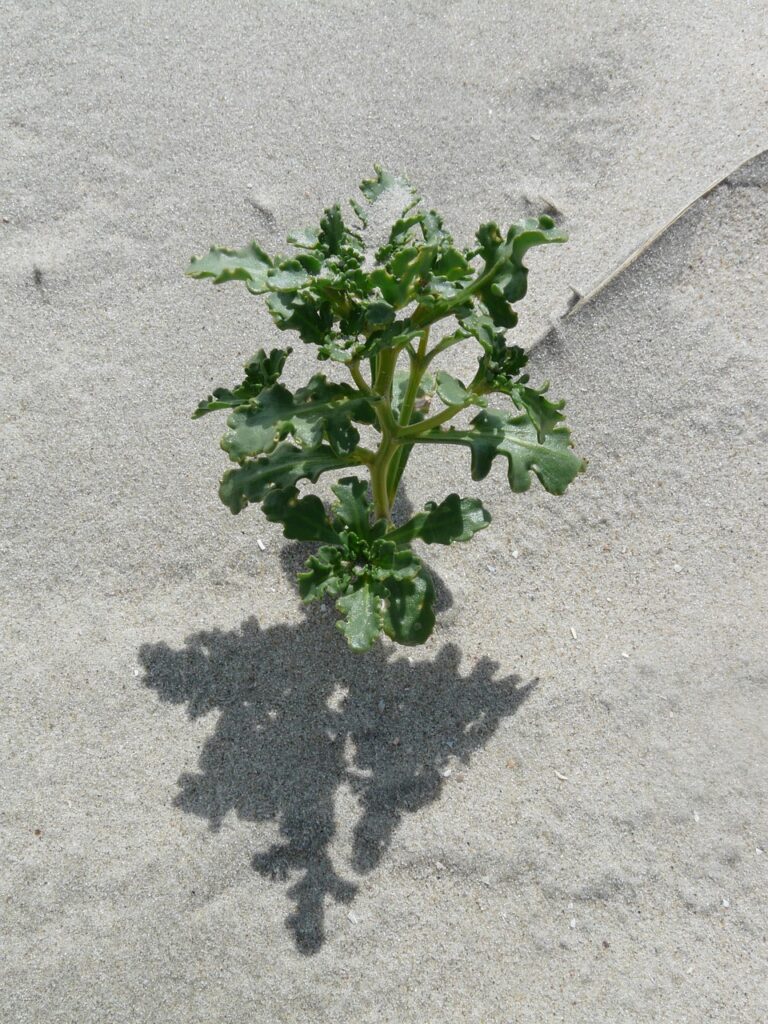Alright, let’s talk about sea kale — also known as Crambe maritima, but don’t let the fancy name scare you. This plant is basically a low-key garden gem that deserves way more love. It’s hardy, weirdly beautiful, and totally edible from top to bottom. And yes, it does have that cool, seaside vibe even if you’re growing it miles from the ocean.
First off — hardiness zone check: sea kale is perennial in Zones 4 to 8. So if you’re anywhere from most of Canada to a good chunk of the U.S., you’re good to grow. This thing is tough. It originally grows on pebbly beaches in Europe, so it doesn’t need pampering. In fact, it kind of thrives on a bit of neglect.
So what’s the deal with it? Sea kale has thick, bluish-green leaves that look like something from a fantasy movie. In early spring, you can blanch the new shoots by covering them to block light (think rhubarb-style) and harvest super tender, almost asparagus-like spears. The leaves are edible too, raw or cooked — they’ve got a mild, cabbagey flavor. Later in the season, it shoots up with sweet-smelling white flowers that pollinators go nuts for.
Growing tips:
Loves full sun and well-drained soil (sand or gravel? Even better).
Start from seed if you’ve got patience, or find a root division for a head start.
Give it space — it can get wide and bushy.
Once established, it’s drought tolerant and low maintenance. Basically the garden equivalent of “set it and forget it.”
If you’re into perennial veggies that are a little off the beaten path, sea kale is your jam. It looks cool, tastes great, and it’ll keep coming back year after year. Bonus points if you like showing off weird-but-wonderful plants to your garden visitors.

